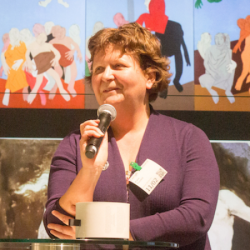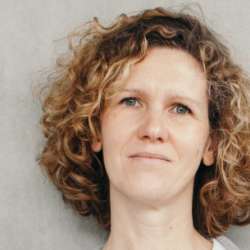3D Content in Europeana
This Task Force focused on increasing the support for 3D cultural heritage in Europeana and the availability of this content for use in education, research and in the creative industries.
The Task Force updated Europeana’s publishing framework and provided guidance and examples of good practice for cultural institutions, data creators and aggregators on publishing 3D assets. The overall aim was to inform, support and encourage organisations who are creating 3D media, Europeana aggregators and staff at the Europeana foundation.
Background
3D digitisation of the cultural heritage has become more common in recent years. New tools and services have made it much easier to capture, model and publish. The creation of highly accurate 3D models of monuments, buildings and museum objects has become more widespread in research, conservation, management and to provide access to heritage for education, tourism and through the creative economy. Yet this is still a developing field and organisations that are commissioning 3D media need to make a series of choices on the type of content that is created, how it will be visualised and rendered online, and for which users.
There has been work within the Europeana Tech community on 3D digitisation workflows and publishing pipelines (3D-ICONS.eu), on augmented and virtual reality (VI-MM.eu), on HBIM (INCEPTION.eu), on Sketchfab (Share3D.eu) and IIIF for 3D. But to date this work has not been reflected in the Europeana Publishing framework or the guidance available to Europeana content providers.
Currently the content that is available under the 3D label in Europeana is very variable. 3D objects that can be directly manipulated by users are not distinguished from simple images or videos of 3D models. Offering better guidance to data providers and aggregators will help to ensure that 3D media is correctly labeled and promote the availability of more functional 3D content for Europeana’s users to discover and explore.
The Task Force had three phases:
- Review the Europeana Publishing Framework and Publishing Guide and the current recommendations for 3D files, making comparisons to the recommendations for audio and video files.
- Collect details of 3D data content, file formats, viewers and methods of publishing 3D online amongst the network of Europeana data providers. Identifying means of making 3D content more accessible on Europeana collections such as embeddable viewers and/or formats that can be played directly by modern browsers.
- Develop guidance and recommendations for Europeana, CH institutions and 3D content creators on publishing 3D content and making it accessible via Europeana Collections.
Outcomes and communication results
- Development of guidance and FAQs for 3D creators and CH institutions on publishing 3D media online in the context of Europeana and its users.
- Identify viewers and 3D media formats recommended for support in Europeana Collections, and means of linking and embedding 3D content for Europeana and Europeana Aggregators.
- Development of the Europeana Publishing Framework to provide guidelines for 3D objects at each tier.










